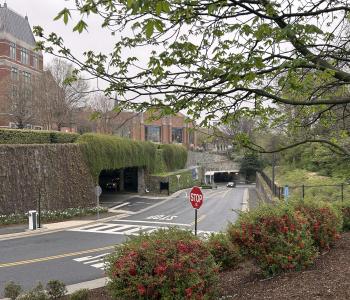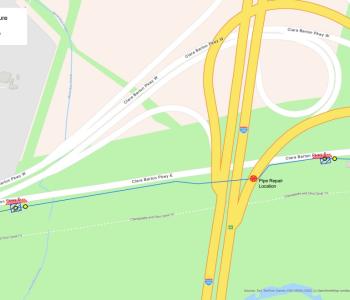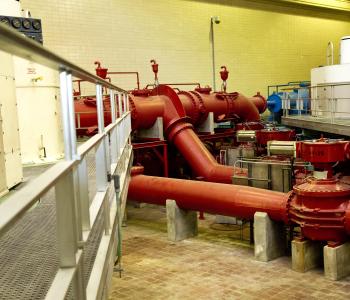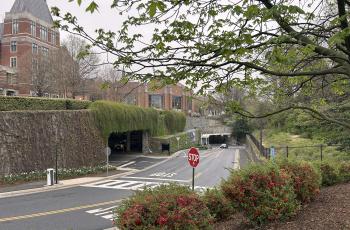Orthophosphate (Op) 4th High Pressure Zone Update
In a small area of the District, the Washington Aqueduct began to apply on June 1, 2004 a new chemical, Orthophosphate (Op), to help begin to control metal leaching from lead service line pipes. Thus far, there have been no reported problems from residents in the area. Op works as a corrosion inhibitor that forms a protective coating inside of lead service line pipes and fixtures to prevent lead from leaching into drinking water.
The Washington Aqueduct monitored the distribution of Op to the District’s drinking water supply during the first week and slowly increased the Op dosage to the full concentration by June 9, 2004. Since the full dosage was added to the water supply over the past 7 days, there have been no reports from residents in the 4th High Pressure Zone of any red-water or other concerns.
The effectiveness of the Op will take several months to measure, but any effects, such as reddish or brown water, which may have occurred during this initial phase were expected to appear early in the application process.
The first phase of the chemical treatment was employed by the Washington Aqueduct in a small area in northwest quadrant of the city – an area bordered roughly by Western Avenue on the north, Utah Avenue and Reno Road on the east, Massachusetts Avenue on the south and Wisconsin Avenue on the west, and has been continuously observed by the Technical Expert Working Group (TEWG), the D.C. Water and Sewer Authority (the distributor of water for the District), the Washington Aqueduct (which produces and treats the water), the D.C. Department of Health, and the Environmental Protection Agency (EPA).
Pending approval from the EPA, the Washington Aqueduct plans to add Op to all water treated at its two plants located in the District, and to continue to observe the effects during the second phase of the application. The Washington Aqueduct projects the second phase of adding Op to the full water supply system will begin in early August.







